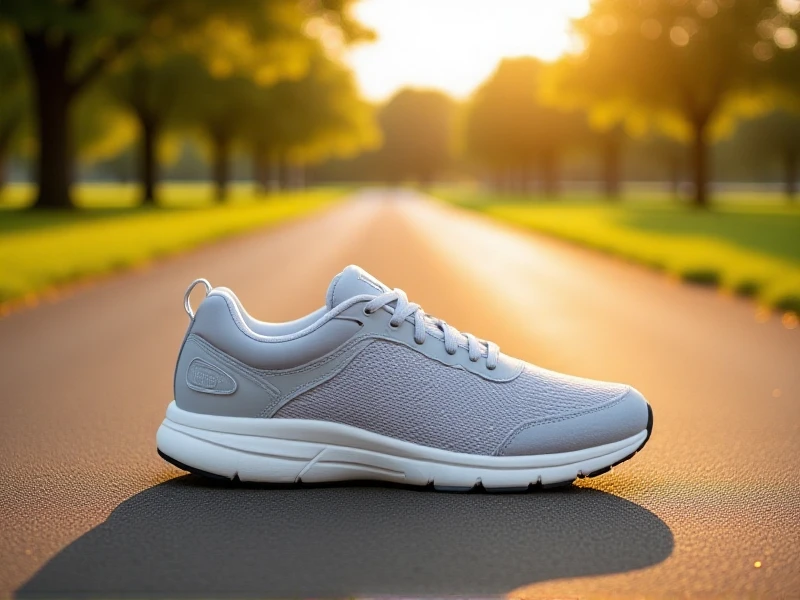
The Ultimate Guide to Basic Running Shoes: Your Foundation for Fitness
Basic running shoes are the unsung heroes of every runner's journey. Designed for daily training rather than specialized performance, these versatile shoes balance cushioning, support, and durability without overwhelming complexity. Whether you're logging neighborhood miles or hitting the treadmill, the right pair can transform your comfort and prevent injuries.
When selecting basic running shoes, prioritize three elements: fit, function, and feel. First, ensure a snug heel with a thumb's width of space at the toes—your feet swell during runs. Second, match the shoe to your gait. Neutral runners need flexible cushioning, while overpronators require structured support to align strides. Finally, test responsiveness; a well-designed midsole absorbs impact without sacrificing energy return. Popular models like the Brooks Ghost or Nike Pegasus exemplify this blend.
Why invest in basic running shoes? Unlike minimalist or racing designs, they provide all-day versatility. Walk, jog, or complete a 5K—their moderate stack height (typically 8mm–12mm drop) suits varied terrains. Durability matters too; quality rubber outsoles withstand 300–500 miles of pavement pounding. Rotate between two pairs to extend their lifespan and always air them out post-run to prevent odor buildup.
For beginners, basic running shoes eliminate decision fatigue. Skip aggressive "speed" features and focus on reliable brands offering wide size ranges and breathable uppers. Remember: your ideal pair disappears on your feet, letting you concentrate on the run, not the shoe. Lace up, start slow, and let these foundational companions power every step of your fitness evolution.